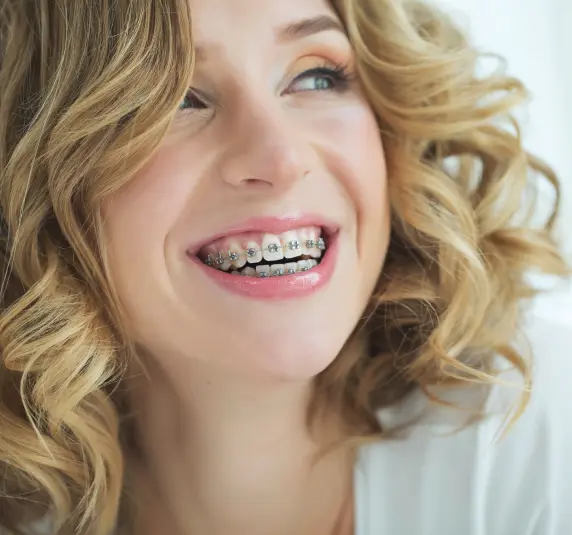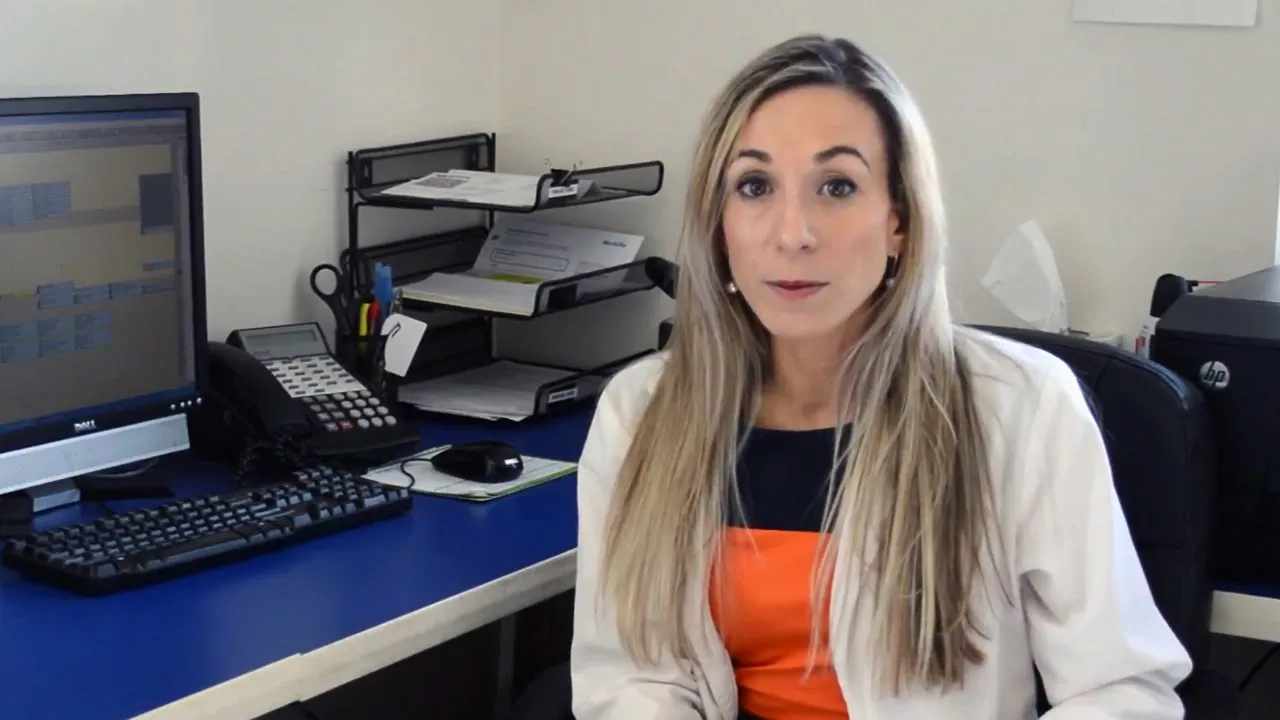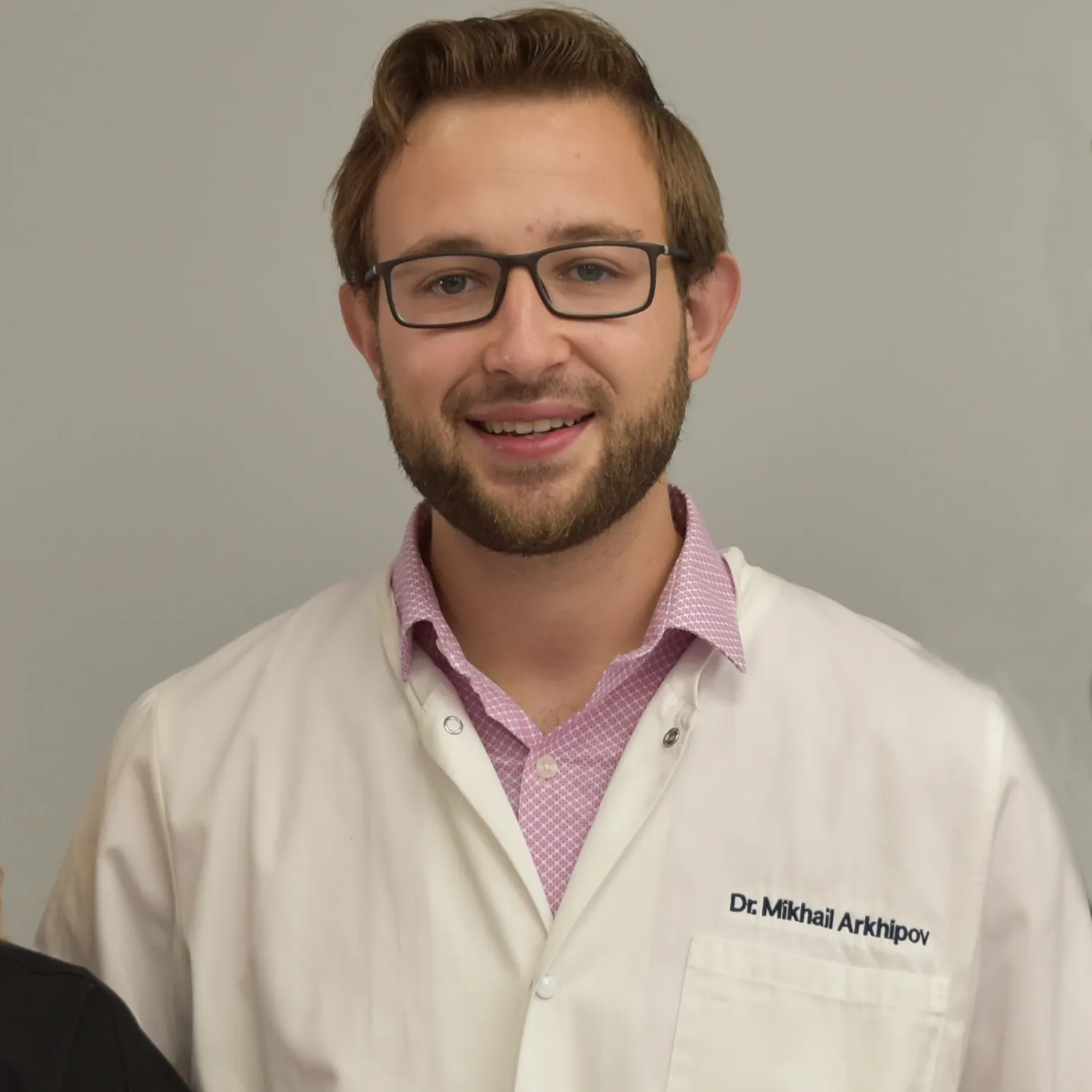Can You Eat Cereal With Braces?
Cereal has been a breakfast staple for decades. Many of us enjoy a nice bowl of our favorite cereals to eat for breakfast. However, if you have braces, you may be wondering if you can enjoy your favorite cereal.

If you’re a former braces wearer, then you might be disappointed to see those successful results beginning to wane. Your teeth are gradually shifting back to the original alignment where they were before braces, all the cascading problems that resulted from your original malocclusion are resurfacing once more, and it seems like all your progress was for naught.
Orthodontic relapse can occur, but proactive precautions can help mitigate the risk. This article discusses the causes and solutions for orthodontic relapse.
Orthodontic relapse Causes should be understood. Taking responsible measures is essential. Addressing relapse risks is crucial. Discover more about these elements.

There are a plethora of reasons why your teeth could shift back and reposition after wearing braces:
Your teeth will be subject to various pressures throughout your lifetime: chewing can affect bite alignment at an average 70 pounds per square inch. Playing high contact sports without a mouthguard can lead to mouth injuries, especially for your teeth.
These are just a few of the forces that can lead to a patient’s teeth moving and experiencing subsequent orthodontic relapse over time. Neglecting to wear your retainer, per an orthodontist’s recommendations, is another one of the most common causes of orthodontic relapse.
However, if you’re one of those neglectful patients that since changed their mind and are considering wearing that old retainer, don’t. The appliance won’t properly fit if your teeth have moved significantly, and it may end up doing more harm than good. In that circumstance, it’s best to consult an experienced licensed orthodontist about creating a new replacement retainer.
Sadly, these retainers do not offer the best protection from bruxism. If your dentist or orthodontist notices signs of profuse tooth grinding, they may advise that you interchangeably wear retainers and occlusal guards at night, or recommend different bruxism treatments entirely.
Of course, aging and genetics are considerably less out of a patient’s control than retainer wear or bruxism. Like everything else in the body, and almost everything else in life, teeth are prone to continuously changing. Being proactive and wearing appliances properly can help slow down inevitable changes and reduce relapse.

WOrthodontists recommend wearing retainers at night for life. Maintaining good oral hygiene is particularly important in the first few months after braces are removed. “Retainer Use and Teeth Movement” is a crucial topic in orthodontics. If you neglect to wear your retainer, your teeth could shift quickly within these initial months.
These orthodontic appliances help maintain the corrected positions of your teeth. The first few months are also when most teeth settling occurs. Different types of retainers can be a suitable treatment option depending on your needs. Remember, consistent retainer use is key to preventing unwanted tooth movement.
Nearly 20% of orthodontic patients may experience some relapse after three years. However, relapse can occur earlier. This is why wearing a retainer correctly is crucial. It can minimize teeth shifting.
The best method to prevent teeth shifting is proper use of appliances. “Treatment for Orthodontic Relapse” often includes this in the treatment planning. Remember, some teeth shifting may still occur despite these efforts.
A retainer’s main purpose is to help “retain” the teeth’s newly aligned original positioning. This appliance won’t apply drastic force to shift teeth as orthodontia will. Even so, retainers may be sufficient to mitigate mild dental shifts in many cases.
However, the reverse is equally valid. If you’re using a damaged or ill-fitted retainer, it could cause soreness and create mild shifts that leave your teeth more crooked than ideal.
If you’re experiencing pain or undesired subtle shifts that you suspect are linked to your retainer, consult an orthodontist about switching to a more accurately-fitted replacement retainer.

In case we haven’t stressed the idea enough, proper orthodontic retainer use is usually the definitive relapse fix, as it can impede serious shifting before those serious shifts ever even occur. Minor movements can usually be corrected with such retainers.
But if more significant regression and relapse have occurred, your orthodontist may recommend retreatment with braces or aligners. If you’re an older patient, you might not feel so keen about the idea of wearing braces again. That’s why we would recommend fixing severe relapse with Smilify clear aligners . This type of appliance is:
Moreover, it also helps to receive care from a provider with their own lifetime guarantee. If your car gets dinged up in an accident, you don’t just let that go and neglect to repair it at an auto body shop.
You’ll usually have that fender bender promptly attended to by a mechanic, and fender bender or not, taking your car in for routine vehicle inspection is still an important part of being a responsible driver.
Maintaining your oral health is crucial for a beautiful smile. Regular check-ups by trusted professionals are key. They can spot issues like gum disease and jaw pain early. This keeps your teeth straight and healthy.
There are different types of braces to help with this. Traditional metal braces are common. However, lingual braces are a more inconspicuous alternative.
Both can correct issues that lead to jaw pain. They also help prevent periodontal disease, a severe form of gum disease.
Remember, your oral health affects your overall health. So, take steps today for a lifetime of straight teeth and a beautiful smile.